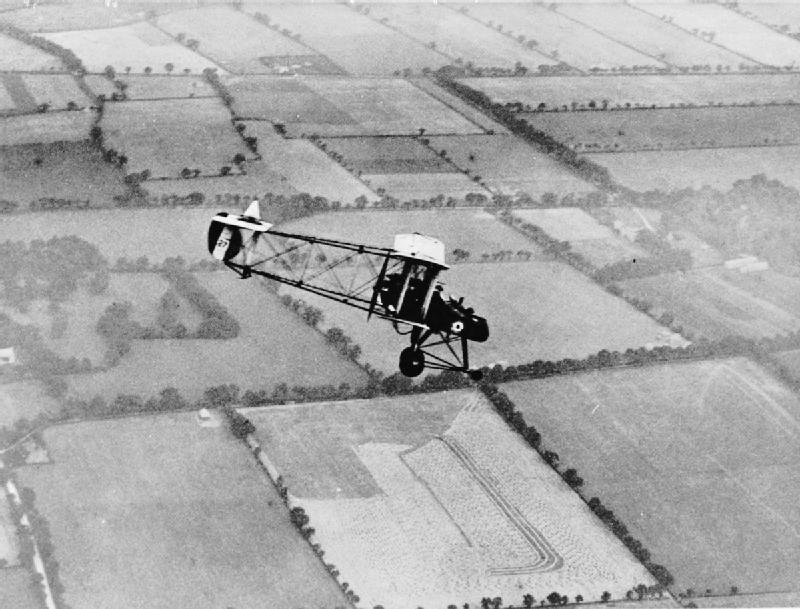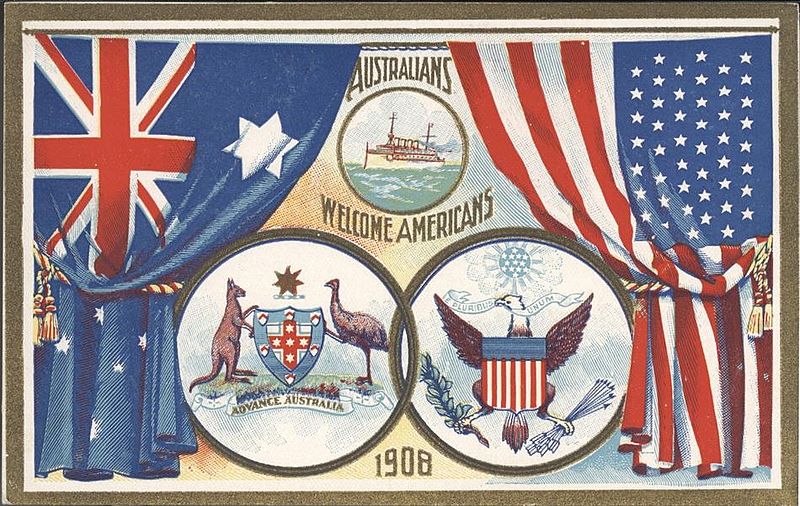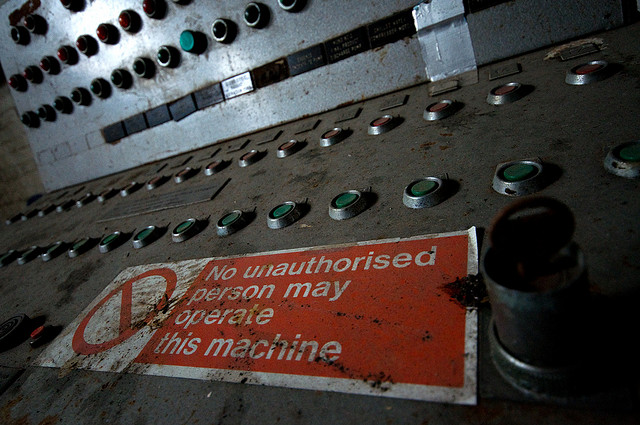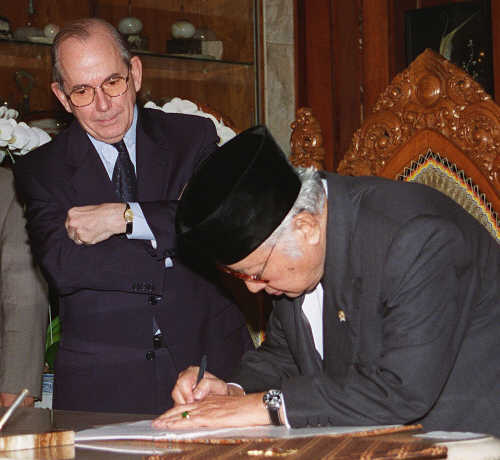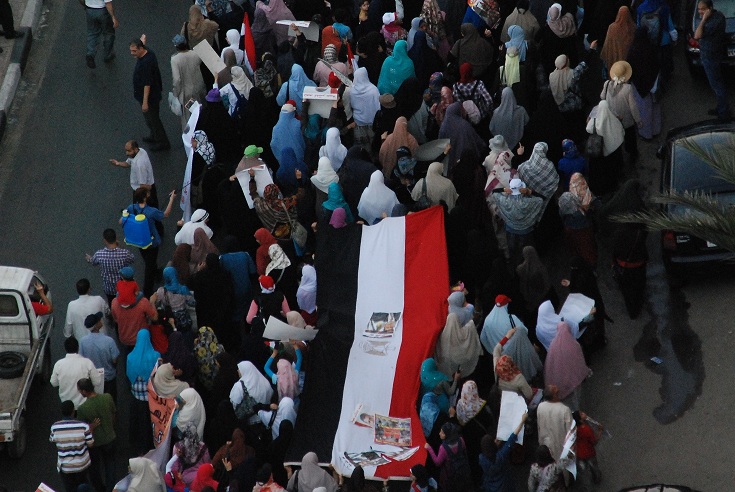Australia helping to facilitate Africa’s ‘third liberation’
In my previous post, I reviewed the progressive book, Africa’s Third Liberation. Today I’ll discuss how Australia can help to bring about that liberation in partnership with African professionals.
The time for relations based purely on the aid donor—aid recipient paradigm has passed, and Australia and African countries must now work on building relations of cooperation and mutual benefit. The argument in Africa’s Third Liberation is that African populations are now involved in the struggle to be liberated from poverty and unemployment, and that success depends on the policies of African governments. The authors argue that governments need to create environments that support economic growth and enable business, investment and the growth of the private sector. Most importantly, there’s a need to end political systems based on patronage networks so that resources can be used to promote growth and development for entire nations. Read more


